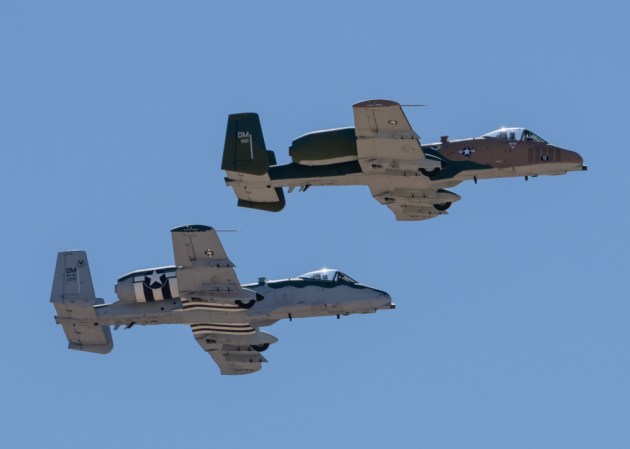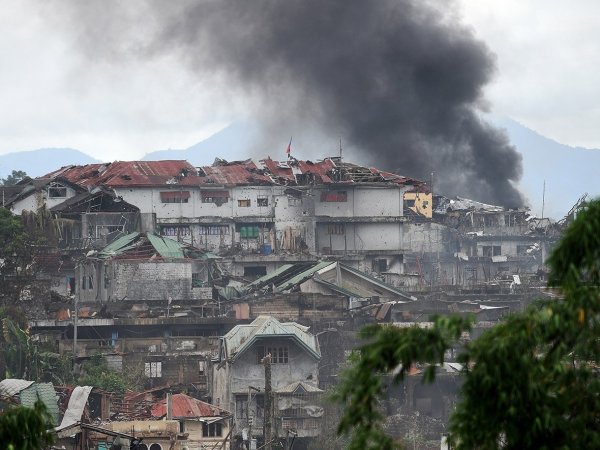The A-10 Thunderbolt II (often called the “Warthog” for its aggressive look and the teeth often painted on its nose cone) is beloved by the troops who need its close-air support and by its pilots — who hear the calls for that support from the controllers on the ground.
“We have this close, personal connection with the guy on the ground,” one pilot said in a recent video touting the A-10’s capabilities. “We hear him getting scared. We hear him getting excited. We hear the bullets flying … it becomes a very personal mission. It hits very close to home.”
Speaking of hitting close to home, ISIS forces met the A-10 for the first time in 2015. In an area near Mosul, the A-10 caused ISIS fighters to break and run as four USAF Warthogs wreaked havoc on their forces there.

“The aircraft sparked panic in the ranks of ISIS after bombing its elements and flying in spaces close to the ground,” Iraqi News quoted an Iraqi Army source as saying. “Elements of the terrorist organization targeted the aircraft with 4 Strela missiles but that did not cause it any damage, prompting the remaining elements of the organization to leave the bodies of their dead and carry the wounded to escape.”
The A-10 also gets love from its pilots. The plane flies close to the ground but is protected by a titanium “bathtub” shell which surrounds the cockpit and allows the pilot to get low and hit the opposing forces with its seven-barreled, 3,900 rounds per minute, depleted uranium ammunition. Its designers made it to be the most survivable aircraft ever built. It also features three sets of backup controls and a foam-lined fuel tank. Ground fire is not going to get this bird easily.
“The [A-10’s GAU-8 30mm] gun really does scare people and that’s nice to know,” Air National Guard Col. Michael Stohler, an A-10 pilot currently flying sorties (air missions) against ISIS forces, told Military.com. “I can tell you we know there’s a real threat there,” he says. “A lot of people have handguns and things to shoot at aircraft.”

The “Warthog” is as popular with senior Air Force leadership as it is with ISIS. In a fight which already cost one major general his job, the Air Force brass are looking to send its battle-hardened, reliable A-10 fleet to the boneyards in order to save $4 billion, probably so they can put that money toward the new, overly expensive and accident-prone F-35 Joint Strike Fighter.
In January, Air Force Secretary Deborah Lee James claimed the A-10 had only flown 11 percent of the 16,000 sorties (manned air missions) against ISIS. Which would be significant if the Warthog arrived in theatre at the same time as other combat platforms. F-16s, F-15Es. B-1 bombers, and the F-22 Raptor all started missions against ISIS in August 2014. The A-10 didn’t arrive until November 2014.
The evidence shows the A-10 works and it’s cheap. As early as 2012, the Air Force’s cost to operate per hour for the A-10 was $17,716. There was no data available for the F-35, but the F-22’s cost per hour $68,362. So while the Air Force actively tries to kill the program, they’re still deploying more A-10s to the theater because Congress won’t let the USAF kill the ground troops’ favorite plane until they come up with a real, viable close air support replacement.










